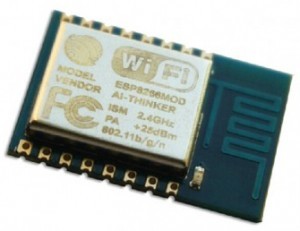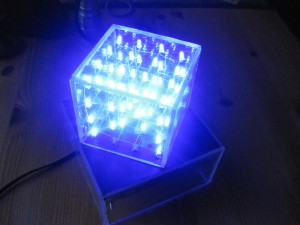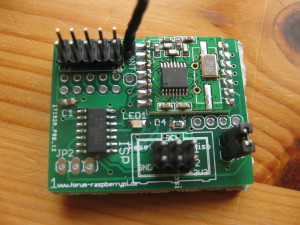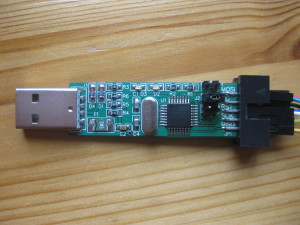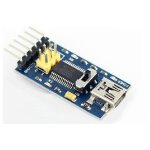About two years ago, a cheap five dollar microcontroller has been entering the maker scene, featuring b/g/n wireless LAN. The ESP8266 is manufactured by a Chinese company, called Espressif Systems and became soon very popular as a building-block for home-automation and IoT projects.These modules were distributed on Ebay, the Amazon Marketplace or AliExpress for a few dollars. However, communication with most of the ESP8266 modules requires an external USB-to-Serial-Adapter and a special procedure to bring the device into “flash-mode”, which can be cumbersome in some cases, especially for beginners. With the brand-new WeMos D1 Mini, the setup was significantly simplified, so that it is as easy to use as an Arduino UNO.
Continue reading Using the ESP8266 module for the Internet of Things
